技术资料
-
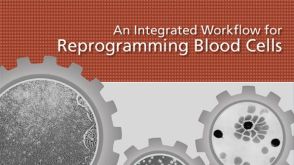 产品手册An Integrated Workflow for Reprogramming Blood Cells
产品手册An Integrated Workflow for Reprogramming Blood Cells品牌:
EasySep,RosetteSep,STEMdiff,SepMate,StemSpan,TeSR
-
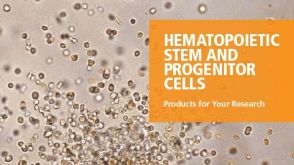 产品手册Hematopoietic Stem and Progenitor Cells - Products for Your Research
产品手册Hematopoietic Stem and Progenitor Cells - Products for Your Research品牌:
ALDEFLUOR,MethoCult,MyeloCult,STEMdiff,STEMvision,SmartDish,StemSpan,ThawSTAR


 EasySep™小鼠TIL(CD45)正选试剂盒
EasySep™小鼠TIL(CD45)正选试剂盒





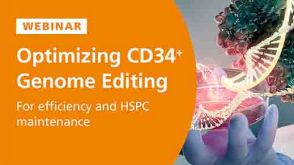
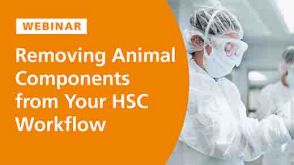
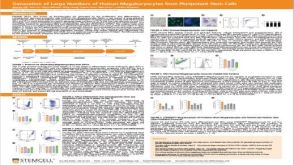

 沪公网安备31010102008431号
沪公网安备31010102008431号